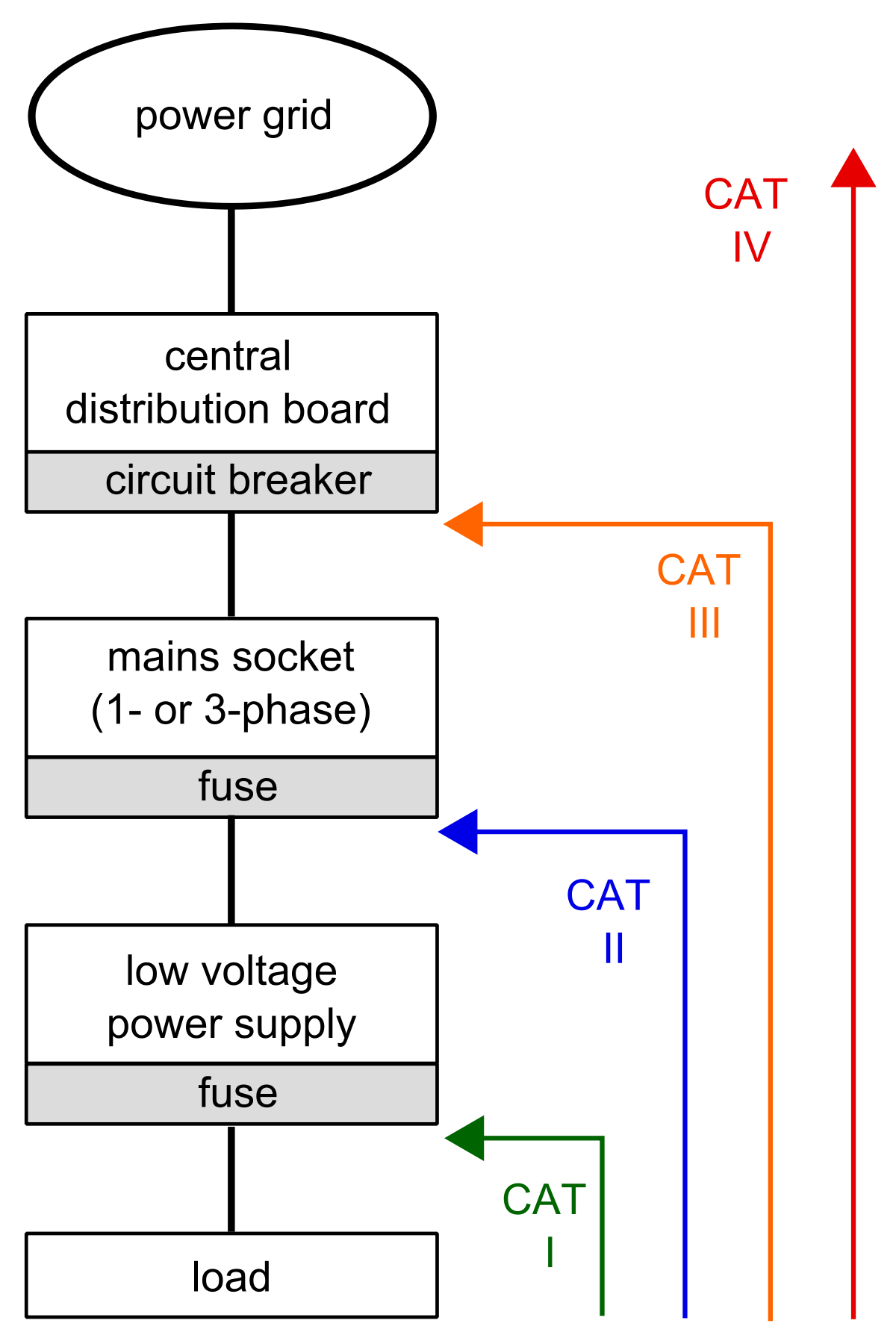All mains-powered devices have EMC requirements, including lightning and fast-transients. But it is not as much as you can see on the supply. For example, CAT-II which is test equipment for final circuits:

en.wikipedia.org
Has 2.5kV impulse rating, and closer to the DB (CAT-III) it is 4kV and 2 ohms (i.e. 2kA as well).
Now that should be rare, and many home have gone for years without needing SPD, but probably we have all seen odd failures correlated to lightning and/or industrial situations with big motors.
I don't have a copy of AM2 yet, but the extract I have seen has SPD required if the consequences "
Result in failure of a safety service, as defined in part 2" with a safety service defined as "
An electrical system for electrical equipment provided to protect or warn persons in the event of a hazard, or essential to their evacuation from a location". So even if smoke alarms have some built-in protection, the AM2 regulations are saying you ought to fit protection at an installation level anyway.










